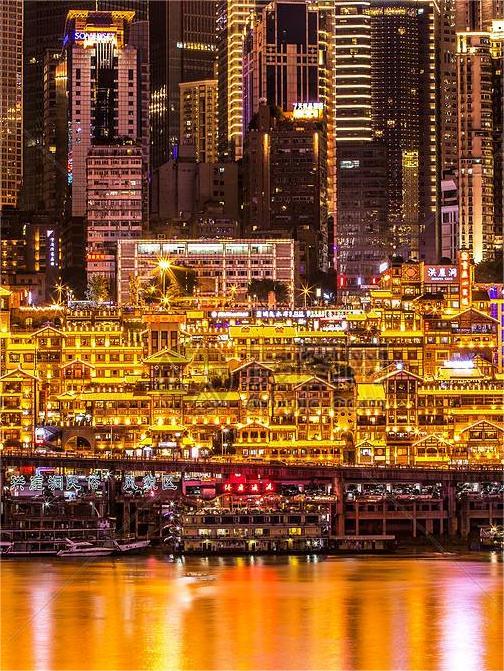Chong'qing
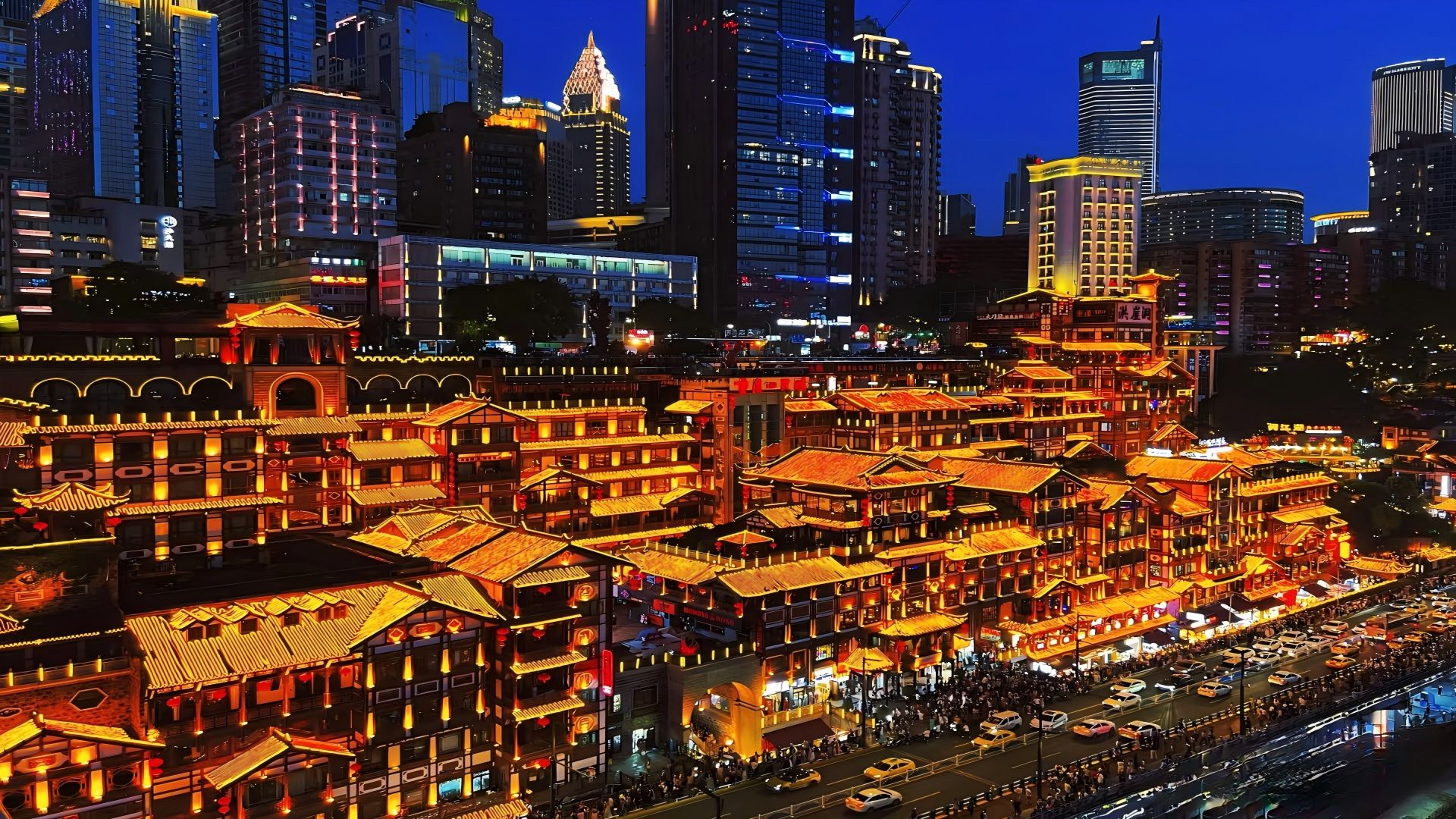
Chongqing is a very attractive city to travel. There are popular places to visit such as Hongyadong, Jiefangbei and the Yangtze River Ropeway, as well as natural wonders such as the Wulong Tiansheng Three Bridges and the Three Gorges of the Yangtze River, and historical and cultural attractions such as the Maguikou Ancient Town. The cuisine is rich and varied, with mouth-watering hot pots, small noodles and hot and sour noodles. The unique landscape of the mountainous city creates magical landscapes such as the light rail through the buildings, and the night view of the two rivers is even more beautiful. In addition, with its deep cultural heritage and inspiring culinary culture, Chongqing can satisfy the needs of tourists, whether they are looking for natural scenery, history and culture, or culinary experience and urban prosperity.







Great meal and excellent service. Tasty dumplings and all the food was delicious and served hot! Comfortable venue. Lots of choices on the menu.

We like the newly reopened place on Linjiangmen the best. We have a lot of welcome dinners there.
The main disadvantage is that the price is cheaper, too many people to queue up, forever. The food tastes very good
Authentic food. You will like it only if you are a Chiuchowese like me.
want to eat more kind of food there next time!!!
Excellent food if you don't mind the decor & the slippery floor. Love the menu on the walls. Large selection of food make you want to come back



Very good orange chicken and chow mein here! :).
You get lots of food. Pretty good take out. Get the chongs chicken over noodles. Enough food fpr two people

Homemade dumplings are good, but the rest is just like any other Chinese Restaurant.

Good Food but very expensive.
Absolutely fantastic experience at Cheek + Chong! The Wagyu beef tacos were out of this world—rich, tender, and packed with flavour. The staff were incredibly friendly and welcoming, and the service was exceptional from start to finish. Whether you're a local or just passing through Orewa, this spot is a must-visit. Can't wait to go back!

We had so much fun in a small side road to find aha burger. Excellent burger with delicious ingredients. Perfect food after an exhausted day. It is a very small restaurant but we loved it. Not spicy at all like a hot pot restaurant. Really an excellent place to rest and enjoy the food. Go for it and find it if you get mad with Chinese or spicy food. We loved it! All the best team. Keep this little place for the hungry guests.


Great dumplings!!! We'll certainly go again while we're here. You can't make a reservation and it's all via waiting list, but it's relatively fast. I wouldn't order the shrimp again, though. Not because they are not good, but white tedious is to peel them



Delicious authentic Chinese. Smaller restaurant but we went on a week night at about 530pm and were able to get seated quickly.
The food is delicious, the setting is nice, the restaurant is well placed and he speaks English! No complaints I recommend
Great place for lunch if you want something else than the ordinary Thai-food. Great dumplings and amazing noodles. An extra star for the very warm welcome we got when we walked in!

Very nice burger! And the sweet potatoes spectacular! The service was very good! Super clean place and fresh food Super recommend!!
Food so good… you do not want to share!! Best dumplings we’ve ever had and the caramel pork and prawn salad was incredible. Yum!!


It is located at a very touristy area close to a very famous temple and the Jiefangbei area where you can find so many tourists either Chinese or foreigners. The food is awesome! One of the best burgers in Chongqing as so far the only place I know they have blue cheese which is so so good! The beef patty tase very delicious and juicy. Service was also very good. The cashier can speak English very well which. Compared to the price the quality of the burger is perfect!
Everything was so delicious, the owner was really nice and helpfull i would definite recommend to stop at this place. ( trufle is amazing)
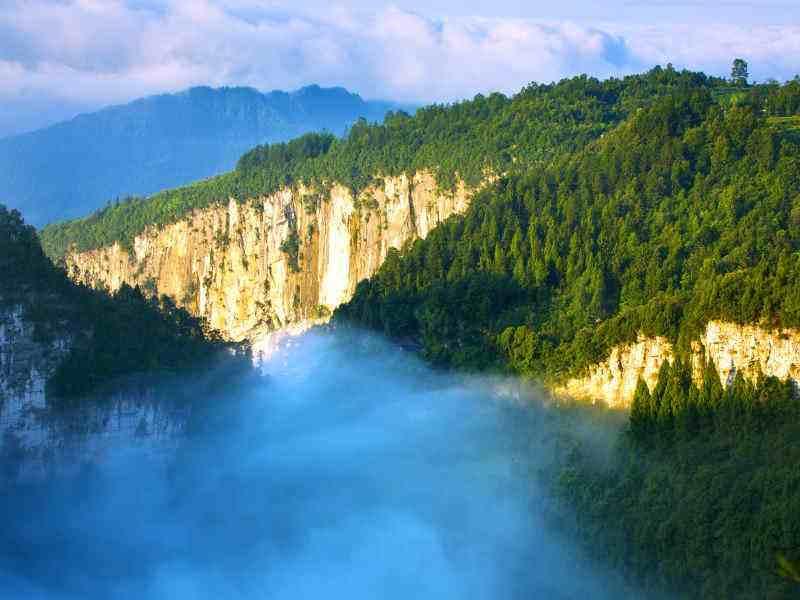
Top1.Wulong Karst Tourist Area
Wulong Tiankeng and Earth Fissure National Geopark is located in Wulong County, Chongqing City, downstream of the Wujiang River, a tributary of the Yangtze River. It belongs to the typical Karst landform, with a magnificent group of natural bridges, huge sinkholes and precipitous and deep earth fissures. You can descend into the sinkhole hundreds of meters deep and look up to see the surrounding sheer cliffs like clouds. You can also go to the bottom of the valley in the earth fissure and walk along the rock wall beside the underground river, feeling the magic of nature. The sinkhole scenic area has a group of natural bridges and a group of sinkholes. It really became well - known after it was used as the location for the movie *Curse of the Golden Flower*. It is also the location for *Transformers: Age of Extinction*. When visiting the Longshuixia Earth Fissure, you first take an elevator to the middle of the mountain and then walk to the bottom of the valley. Walk along the cliff plank road beside the underground river. Along the way, there are waterfalls, streams and primitive vegetation everywhere. The entire plank road is about 4 kilometers long, winding and turning. There are sheer cliffs on both sides, and only the sounds of flowing water and waterfalls can be heard. The geopark mainly consists of two scenic areas: the Three Natural Bridges and the Longshuixia Earth Fissure, and tickets are sold separately for each area. At the tourist center in Xiannvshan Town, you can buy tickets for the Three Natural Bridges and the Longshuixia Earth Fissure (including shuttle buses between the two scenic areas and to the tourist center).
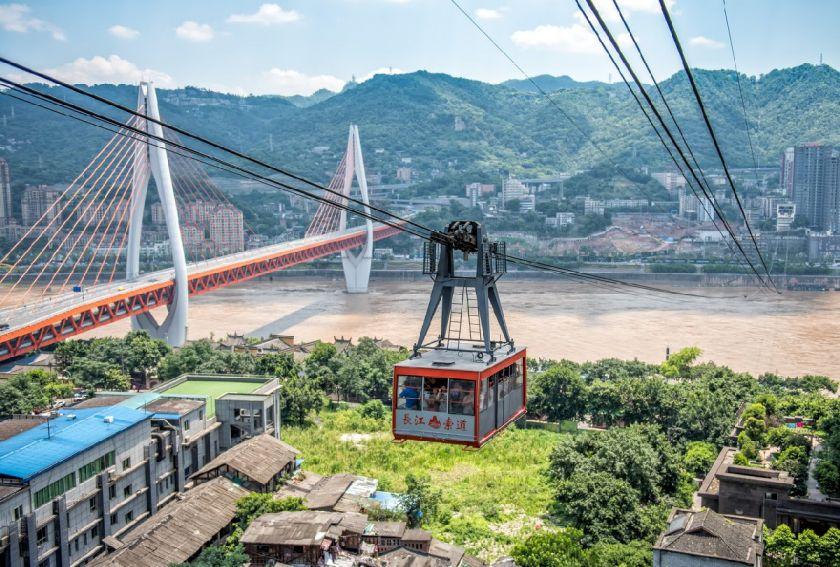
Top2.Yangtze River Cableway
The Yangtze River Cableway has become a representative project in the mountainous city. The cableway starts from Chang'an Temple (Xinhua Road) in Yuzhong District and spans the Yangtze River to Shangxinjie (Longmenhao) in Nan'an District. Taking the cableway and sliding across to the other side of the river, you can see the nearby concrete jungle, the Yangtze River, and the scenery of Jiangbei and Nan'an Districts along the way. "If you haven't seen the night view, you haven't been to Chongqing." Taking the nearly one - kilometer Yangtze River Cableway is a great way to overlook the night view of Chongqing up close. The brightly lit Yuzhong Peninsula, the dazzling riverside road, the sparkling Yangtze River water, and the colorful cross - river bridges all complement each other. If you take the Yangtze River Cableway to view the night view on a misty rainy night, you can also enjoy an ink - washed painting of "Night Rain in the Ba Mountains", with the rain in the Ba area and the urban mountains in the ink painting. The Yangtze River Cableway has also become a must - visit location for many film and TV dramas shot in Chongqing. Representative works include the 2001 film *Zhou Yu's Train*, the 2006 films *Crazy Stone* and *Curiosity Kills the Cat*, the 2007 film *The Door*, as well as the variety show *Go! Bros*. Wear headphones for an upgraded experience: The smart headphones offer 120 - minute commentary, making the waiting time no longer boring. The headphones will take you on a tour of Chongqing, interpreting the magical and literary "rivers and lakes" of Chongqing, and allowing you to encounter the interesting Ba - Yu customs in time, bringing tourists an immersive audio - visual experience. With the smart commentary headphones, say goodbye to the silent movie: Fly over the mountainous city with vivid audio and visual effects, and discover the interesting stories of Chongqing. During the 22 - km - per - hour aerial journey, as the skyline and spatial scenery change, it's like watching a dynamic 3D urban movie - *Magical Chongqing*.
- Urban exploration
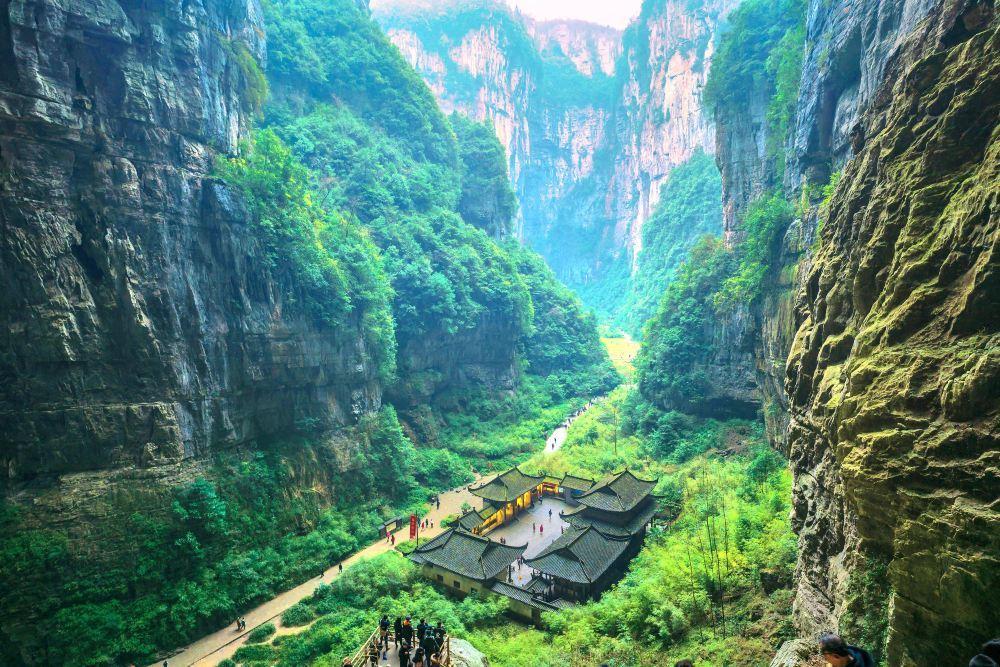
Top3.Wulong Natural Three Bridges
Wulong Tian Sheng San Qiao belongs to the typical karst landform and is a rare geological wonder tourist area. It is also the filming location for the movies *Curse of the Golden Flower* and *Transformers: Age of Extinction*. The scenic area is located in Xiannvshan Town, Wulong County. Generally, tourists buy tickets at the tourist center in Xiannv Town and then take the environmental - friendly vehicles provided by the scenic area to reach the scenic spot. ### Three Bridges with Two Sinkholes Wulong Tian Sheng San Qiao consists of three natural stone arch bridges: Tianlong Bridge, Qinglong Bridge, and Heilong Bridge. These three bridges span across the Yangshui River Gorge. Both the span of the stone bridges and the distance from the bridges to the bottom of the gorge are over one hundred meters. The three stone bridges connect the mountains on both sides of the gorge, forming the peculiar landscape of "three bridges with two sinkholes". The sinkholes between the stone bridges are also called "tiankeng" (natural sinkholes). ### Tour Route After entering the scenic area, tourists can take the sightseeing elevator (the elevator fee is included in the ticket price) down to the tiankeng at the valley bottom and then take a walk along the quiet path at the bottom of the sinkhole. Looking around at this time, you'll be greeted by lush greenery and flowing streams; looking up, you'll see precipitous cliffs everywhere, with mountain springs cascading down from above. ### Movie Scenes In the tiankeng near Tianlong Bridge, there is an imitation - Tang Dynasty building called "Tianfu Inn", which is the exterior shooting location for Zhang Yimou's *Curse of the Golden Flower*. This inn cost tens of millions of dollars to build. It is also the Chinese filming location for *Transformers: Age of Extinction*. Now, there are still the models of the mechanical monsters from the movie in the scenic area. After taking the environmental - friendly vehicle to visit Longshuixia, you can walk to the scenic area exit. There is an uphill section on the way, or you can take a battery - powered vehicle to the exit. At the scenic area exit, tourists can take the environmental - friendly vehicle back to the tourist center in the town, or they can take the environmental - friendly vehicle here to continue visiting the nearby Longshuixia Ground Fissure (you need to buy the ticket for the ground fissure first before taking the vehicle).
- Natural Landscape
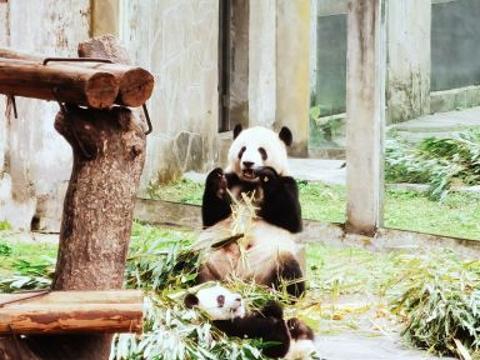
Top4.Chongqing Zoo
Chongqing Zoo is located in Yangjiaping, Jiulongpo District. It is a relatively large comprehensive park in Chongqing, mainly undertaking four major functions: "an important base for the ex-situ conservation of wild animals, a living classroom for popular science propaganda and education, a beautiful place for citizens to visit and sightsee, and an important venue for scientific research on wild animals." The animal species in Chongqing Zoo are quite complete, including pandas, giraffes, lions, zebras, elephants, tigers, crocodiles, orangutans, etc. When visiting the zoo, you can follow the signposts to see all kinds of animals without taking a repeated route. It is a very good choice to bring children here on weekends to watch animals and gain knowledge.
- Visit the amusement park
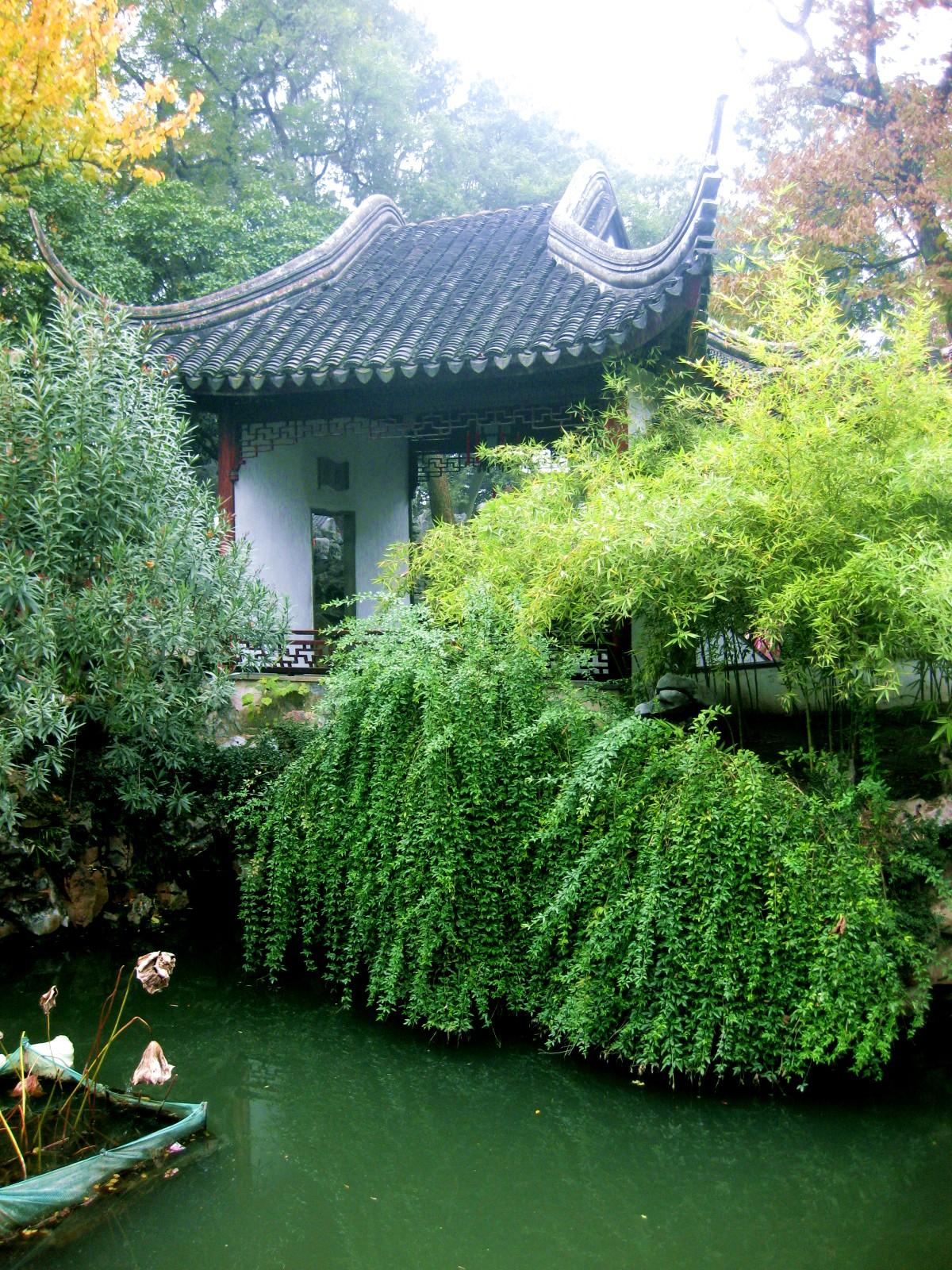
Top5.Lion Grove Garden
Lion Grove Garden, together with Humble Administrator's Garden, Lingering Garden and Canglang Pavilion, is known as one of the "Four Famous Gardens in Suzhou". Although Lion Grove Garden is small, its rockery group is very famous. These strange rocks resemble a group of dancing lions, and the rockeries are connected like a maze. You can count the stone lions and explore the rock maze to experience the fun of hide - and - seek. In the center of the garden are a pond and rockeries. There are famous strange rock peaks such as Lion Peak, Hancui Peak and Tuyue Peak. There are also buildings like Zhenqu Pavilion, Xiuzhu Pavilion and Jianshan Tower surrounding the pond. Climbing up Jianshan Tower, you can have a panoramic view of the garden's landscape. There is a Wenmei Pavilion on the earthen hill in the western part of the garden. The tables, chairs, ceiling and window patterns inside the pavilion are all in the shape of plum blossoms. Plum trees are planted in front of the pavilion, and they are in full bloom every February. There is also a corridor around the garden. In the walls of the corridor, there are calligraphy steles of the four well - known masters of the Song Dynasty, namely Su Shi, Mi Fu, Huang Tingjian and Cai Xiang, as well as the stele of "Plum Blossom Poems" by Wen Tianxiang of the Southern Song Dynasty. Lion Grove Garden was first built in the Yuan Dynasty and was originally the back garden of a Chan Buddhist temple. Later, it was bought as a private residence. This garden was deeply loved by Emperor Qianlong of the Qing Dynasty. He must visit this place every time he made a southern tour six times. He also once said that there were a total of five hundred stone lions in the rockery group. There are still plaques such as "Zhenqu" bestowed by Emperor Qianlong in the garden. He even had replicas of Lion Grove Garden built in the Old Summer Palace and the Mountain Resort in Chengde.
- Historical culture
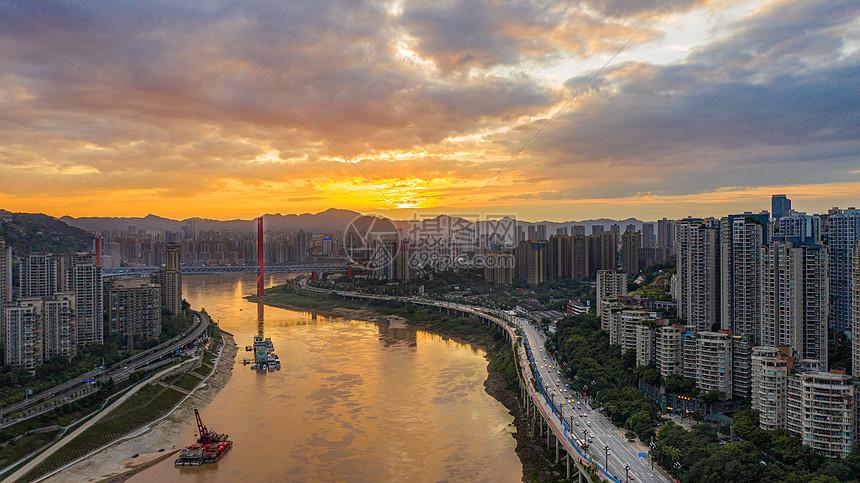
Top6.Chongqing Two Rivers Cruise
If you haven't seen the night view, you haven't really been to Chongqing. The Two - River Cruise in Chongqing artfully combines the landscape of Chongqing with its world - famous night view. When you watch the night view of Chongqing from the cruise ship, facing the gentle river breeze and looking out at the magnificent urban areas along Changbin Road and Jiabin Road, the colorful lights are reflected in the river, presenting a beautiful and alluring sight. The buildings of different heights along the river are neatly arranged under the illumination of the lights. Moreover, daytime cruise ship schedules have now been introduced. In addition to enjoying the night view of Chongqing, you can also admire the characteristic scenic landmarks of Chongqing during the day.
- Urban exploration
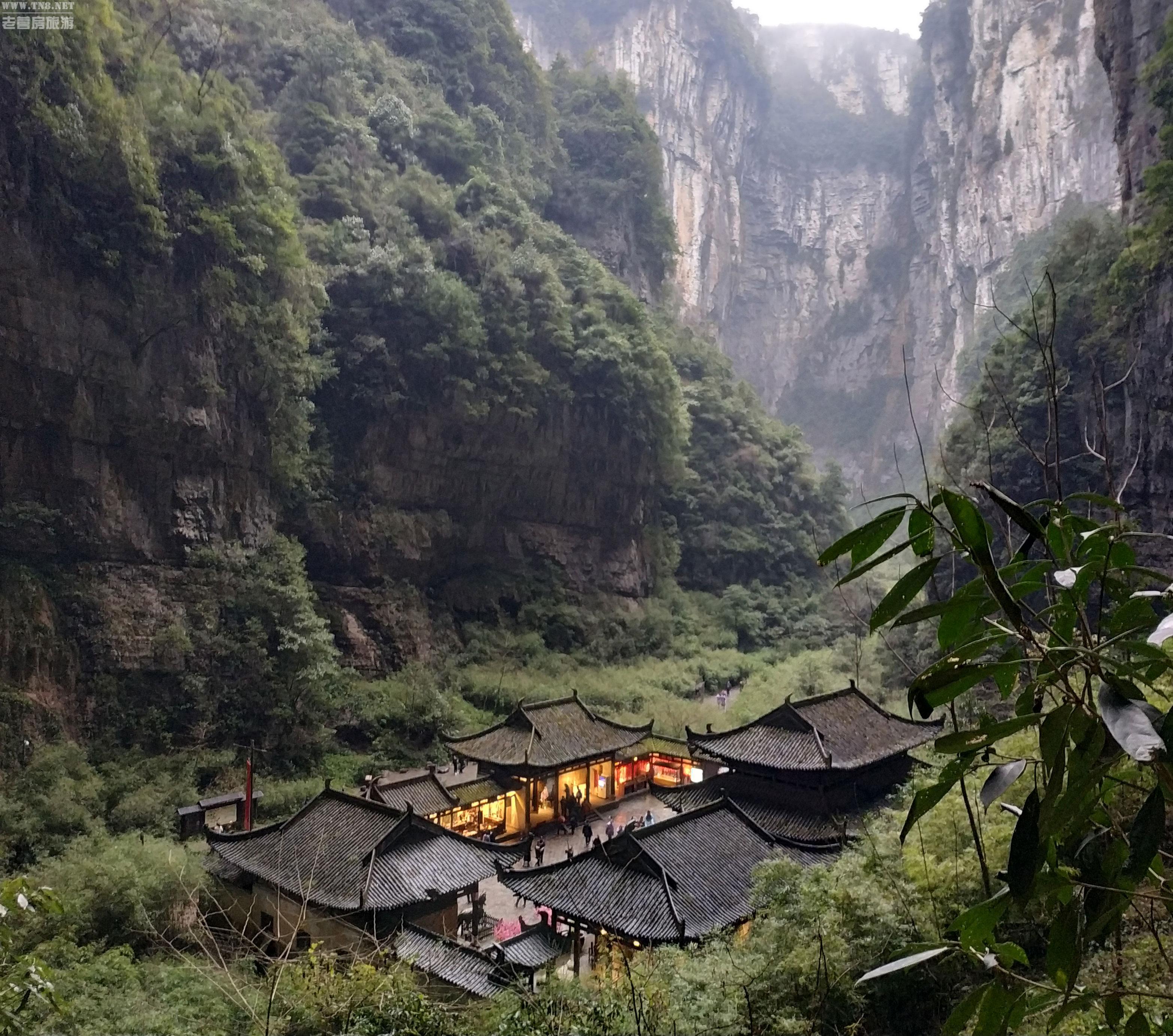
Top7.Xiannvshan National Forest Park
Xiannvshan National Forest Park is located in Wulong County, Chongqing. It boasts the rare alpine grassland scenery in the south. Its forest sea, strange peaks, grasslands and snowfields are known as the "Four Wonders" of Xiannvshan by tourists. In the scenic area, the trees are adjacent to each other and the hills are connected. There are many cattle, sheep and horses raised in the open. The scenery is beautiful and it is known as the "Little Switzerland" of Chongqing. The scenic area offers more than twenty amusement projects such as horse riding, grass skiing, go - karting, paintball shooting, zorbing, paragliding, bonfires and barbecues. In addition, there are accommodation facilities such as restaurants, villa clusters, tree houses, ethnic - style wooden houses and European triangular wooden houses. It is a great place for leisure and summer vacation. In winter, it is covered with snow and presents a silver - wrapped world. There is also a ski resort. At that time, tourists can enjoy the snow, ski and play with snow here to experience the unique charm of winter.
- Natural Landscape
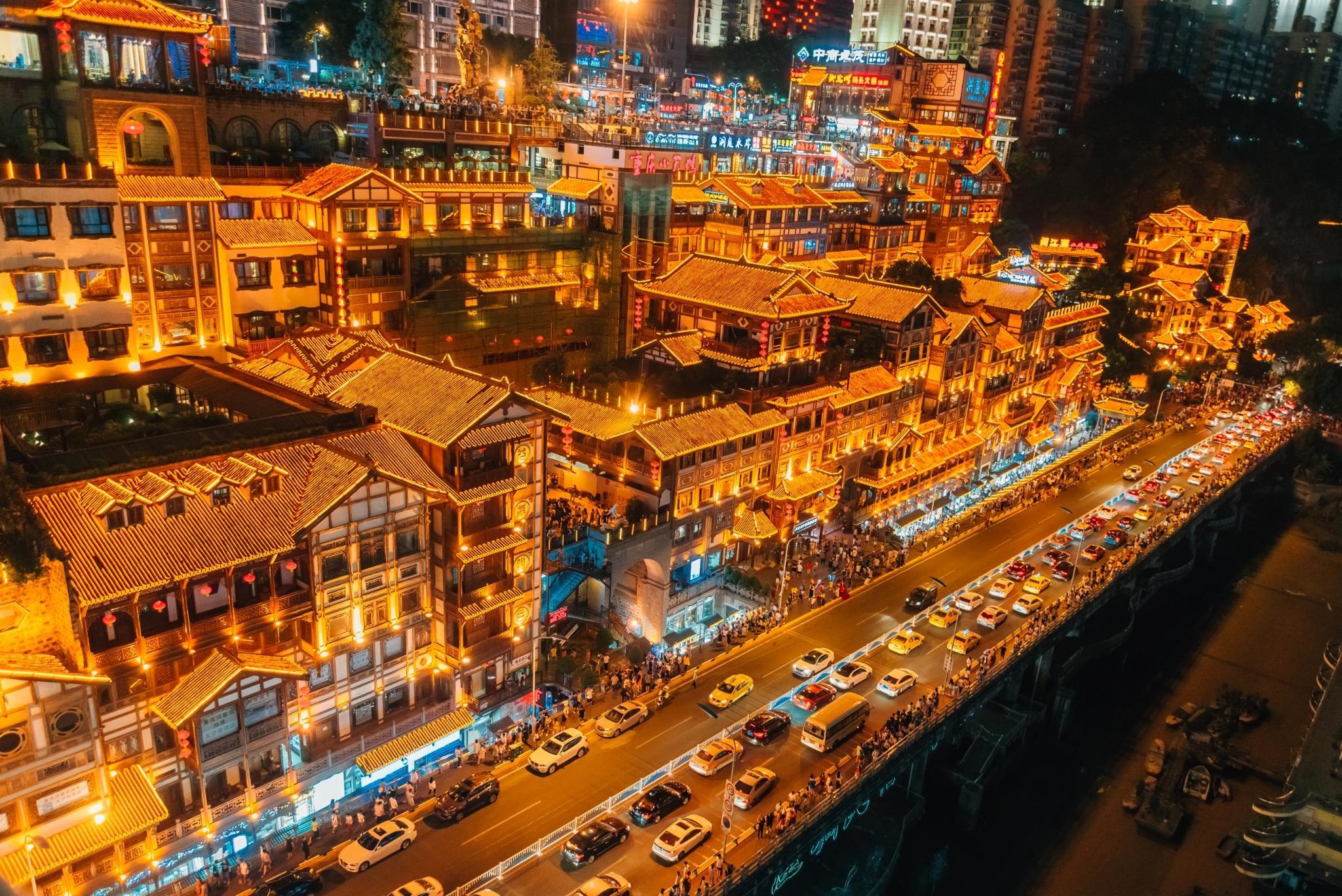
Top8.Hongya Cave Folk Custom Scenic Area
Hongya Cave Folk Customs Scenic Area is a great place to explore the old streets of Chongqing, enjoy the scenery of the two rivers, and savor local delicacies. The Hongya Cave Commercial Street is located at Cangbai Road in Yuzhong District, in the riverside area where the Yangtze River and the Jialing River meet. It is mainly composed of the "stilted buildings" with traditional Bayu architectural characteristics, built along the mountain and the river. The night view is extremely beautiful. The Hongya Cave Folk Customs Scenic Area consists of four parts: the Zhiyanhe Bar Street, the Tiancheng Lane Bayu Style Street, the Grand Feast Food Street, and the Exotic Urban Balcony. With the stilted buildings with traditional Bayu architectural characteristics as the main body, and following the terrain, through mountain - building techniques such as tiered platforms, stilt construction, staggered stacking, and cliff - side building, these buildings are gathered together. When night falls and the lights are all on, it is truly a scenic wonder in the mountain city. For food, shopping, and sightseeing, on both sides of the Hongya Cave Folk Customs Scenic Area are dense stilted buildings. There are as many as 11 floors from the riverside road at your feet to the Cangbai Road at the top. Each floor has different contents, including restaurants, snack streets, bars and cafes, as well as specialty shops. The top floor is the Exotic Urban Balcony, which can be reached directly by elevator. Standing on the viewing platform, you can overlook the confluence of the two rivers in the distance and enjoy the boundless scenery.
- Urban exploration
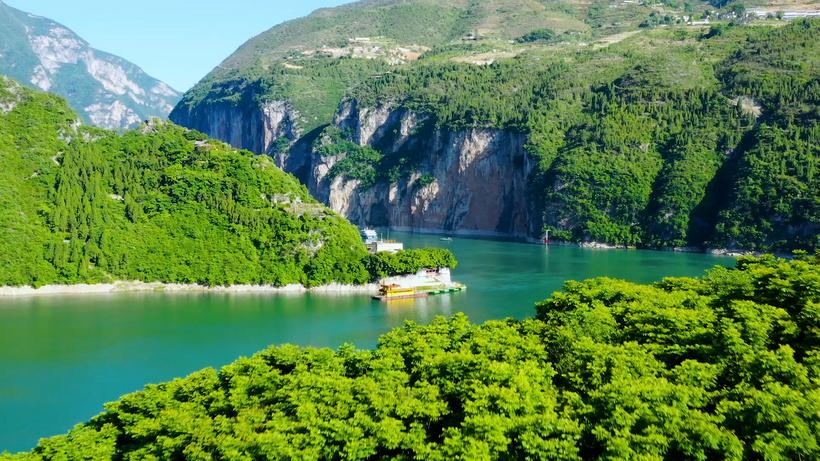
Top9.Baidicheng - Qutang Gorge Scenic Area
The Baidicheng - Qutang Gorge Scenic Area is located on Baidi Mountain on the north bank of the Yangtze River at the mouth of Qutang Gorge in Fengjie County, Chongqing. It is at the western entrance of the Three Gorges of the Yangtze River. Looking east, it faces Kuimen. To the south, it faces Baiyan Mountain across the river. To the west, it is connected to Fengjie County Town, and to the north, it leans against Jigong Mountain. It is more than 10 kilometers east of Fengjie County Town. The scenic area covers an area of 6 square kilometers and is mainly composed of two major scenic spots, Baidicheng and Qutang Gorge. There are numerous places of interest, integrating nature and culture, poetry and war. It is the starting point to enjoy the magnificent beauty of the Three Gorges of the Yangtze River. In 1978, the Baidicheng Scenic Area was officially opened to the public. It is one of the first batch of scenic spots opened to the outside world in the whole country. Baidicheng was originally named Ziyang City. At the end of the Western Han Dynasty, Gongsun Shu built a city taking advantage of the dangerous terrain. In 25 AD, he proclaimed himself the White Emperor and changed the name to Baidicheng. In 36 AD, Baidi Temple was built on Baidi Mountain to offer sacrifices to Gongsun Shu. In the 12th year of Jiajing in the Ming Dynasty (1533 AD), the temple was renovated to worship Liu Bei and Zhuge Liang. During the Tang and Song dynasties, literati such as Li Bai, Du Fu, Bai Juyi, and Liu Yuxi either traveled, lived, or served as officials here, leaving behind a large number of immortal poems. Therefore, it also has the good reputation of the "City of Poetry". After the impoundment of the Three Gorges Project, the water level rose to 175 meters. Baidicheng, surrounded by water on all sides, has become a "green island" in the "high - gorge and flat - lake". Qutang Gorge is next to Baidicheng. It is 8 kilometers long and combines grandeur, strangeness, peril, and steepness. It is the shortest, narrowest, and most perilous section of the Three Gorges. On Chijia Mountain on the north bank of Qutang Gorge, there are three major cultural sites, namely the Laoguanmiao Cultural Site, the Daxi Cultural Site, and the Wushan Ape Man Site, as well as scenic spots such as the Laoguanmiao Signal Station, Chijia Tower, ancient gun emplacements, ancient plank roads, and the hanging coffins in Fengxiang Gorge. On Baiyan Mountain on the south bank, there are scenic landscapes such as the remains of Mengliang's Ladder ancient plank road, cliff inscriptions, Rhinoceros Gazing at the Moon Peak, and Ape Man Peak, which condense China's 2 - million - year human development history. The spectacular "Kuimen", known as "dominating the world" in the Qutang Gorge Scenic Area, also known as Qutang Pass, is located at the western exit of Qutang Gorge. It controls Bashu in the west and Jingchu in the east. Since ancient times, it has been a battleground for strategists. The two mountains on both sides of the river stand facing each other, with steep cliffs as if cut by axes and knives, straight down from the top. The Yangtze River runs through the middle, with the Yanyu Shoal standing like a pillar. The sky opens like a line, the gorge spreads like a gate, and the valley locks the river. This is Kuimen. Kuimen is famous for its grandeur. In ancient times, it had the great reputation of "Kuimen is the most magnificent under heaven", and today it enjoys the good name of the "Gate of Chinese Landscape". It is the background pattern of the fifth - series 10 - yuan RMB note.
- Historical culture

Top10.Chongqing Huguang Guild Hall
The Huguang Guild Hall is located on one side of the ancient Dongshuimen Gate by the Yangtze River in Yuzhong District, Chongqing. It consists of three major guild halls surrounded by high walls: the Yuwang Palace, the Qi'an Guild Hall, and the Guangdong Guild Hall. The construction of the Chongqing Huguang Guild Hall began in the reign of Emperor Qianlong of the Qing Dynasty. After continuous renovations and expansions from the Qianlong era to the Guangxu era, it took on its present scale, with a history of nearly 300 years. At the end of 2003, the municipal and district governments of Chongqing invested nearly 200 million yuan in the protective restoration of the core building complex of the Huguang Guild Hall, and the project was completed in September 2005. The central area of the guild hall covers an area of 18,418 square meters. As a business organization of guilds in Chongqing established by foreign officials, gentry, scholars, and merchants through fund - raising during the reign of Emperor Kangxi of the Qing Dynasty, it is a large - scale and well - preserved ancient guild hall building complex in China. Three hundred years ago, the large - scale immigration movement represented by the "Huguang people moving to Sichuan", which involved more than a dozen provinces, forged the broad - mindedness of Chongqing people, including their inclusiveness, openness, unity, and progressiveness, as well as their character traits of perseverance, bravery, enthusiasm, and straightforwardness. The Chongqing Huguang Guild Hall not only preserves the material culture of guild hall architecture but also condenses the intangible culture of the immigrant spirit. In the past, present, and future, the Chongqing Huguang Guild Hall has always been an important cultural symbol that Chongqing people are proud of. The guild hall buildings are grand in scale, with a well - arranged layout. The halls are magnificent and stately, with simple and elegant styles. It is really not easy for them to have survived in the bustling downtown area full of high - rise buildings, and they are of great historical, artistic, and scientific value. The Huguang Guild Hall is also known as the Yuwang Temple, the Yuwang Palace, and the Chu Temple, where Emperor Yu is worshiped to suppress floods; the Qi'an Guild Hall is also called the Dizhu Palace, where the Dizhu (also known as Fuzhu) is worshiped to pray for happiness, good luck, and safety; the Guangdong Guild Hall is also known as the Nanhua Palace, where the Nanhua Patriarch Huineng is worshiped. Immigrants from various provinces, mainly from Huguang, entered Bashu, and local beliefs also entered Sichuan with them, thus forming a unique pattern of folk beliefs in Sichuan during the Qing Dynasty. During this period, the belief in Emperor Yu in the Bashu region also showed a unique phenomenon of "produced in Sichuan but worshiped in Hubei". Since its opening, the Chongqing Huguang Guild Hall has received more than ten million tourists from home and abroad. It has become a calling card of Chongqing and a monument of Chinese immigration culture, enjoying a high reputation at home and abroad. It condenses the reverence and pride of the ancestors in the Bashu region for Chinese culture, and is an important carrier and proof of the inheritance of Chinese civilization in the Bashu region, as well as an excellent stage where splendid history and modern culture shine together. There are more than ten thousand carved artworks such as wood carvings, stone carvings, and brick carvings in the existing guild hall buildings, all of which are exquisitely carved and amazing. Before the restoration of the guild hall, a large number of carvings from the Ming and Qing Dynasties were preserved. The themes are mainly patterns of character stories from "Journey to the West", "The Romance of the Western Chamber", "Romance of the Three Kingdoms", "Investiture of the Gods", and "Twenty - four Filial Piety", as well as patterns of dragons, phoenixes, animals, and various rare flowers and plants. This should be a kind of respect of the immigrants for the totems of their hometowns and is an outstanding representative of the southern carving art in the Ming and Qing Dynasties in China. In 2003, with the support of the State Administration of Cultural Heritage, the National Tourism Administration and other departments, experts and teams for the restoration of cultural relic buildings from all over the country, such as Shandong, Shanxi, Shaanxi, Beijing, and Sichuan, spent nearly two years restoring and reconstructing the carved art preserved in the guild hall, making it reappear in the world. The carved works in the hall have a wide variety of themes, beautiful forms, glittering gilding, and vivid images. The antique style gives people a sense of beauty and shows the elegant aesthetic cultivation and superb craftsmanship of the ancients everywhere. As an early - established museum dedicated to immigration in China, the Huguang - to - Sichuan Immigration Museum, with the background of the "Huguang people moving to Sichuan", shows the historical background, economic factors, and immigration routes of the immigrants entering Sichuan from different angles, vividly and comprehensively reflecting this period of history. It is of great value for the research and education of folk customs, guild hall culture, architecture, and garden culture. By drawing on the strengths of others and bringing forth new ideas, it uses modern multimedia technology. Through the combination of sound, light, and electricity and a series of interactive experience activities, it allows tourists to experience the immigration path in person and feel the hardships of their ancestors' entrepreneurship. It restores the scenes of people from Hubei, Hunan, Guangdong, and Guangxi entering Sichuan by water and land, systematically introducing how the influx of commercial immigrants gradually made Chongqing an immigrant and commercial city. The Dongshuimen City Wall was first built during the Hongwu period of the Ming Dynasty, with a history of more than 600 years. Facing the Yangtze River and standing alone in the river, it is naturally perilous and imposing, presenting a typical ancient city wall with the characteristics of a mountain - city, and has high architectural scientific and artistic value. The long - standing historical process of the creation and evolution of the Dongshuimen Gate and the city wall records the changes of the former water wharf and the vicissitudes of the mother city of Chongqing, and also reflects the long history and profound culture of Chongqing. In 2000, it was announced as the first batch of municipal - level cultural relics protection units after Chongqing became a municipality directly under the Central Government, and in 2013, it was announced as a national key cultural relics protection unit. The rich historical and cultural connotations and unique ancient architectural forms of the Chongqing Huguang Guild Hall have attracted many film and television shooting agencies to come for location shooting, making it a popular location for film and television exterior shoots. Since its restoration and opening, it has provided exterior shooting locations for many film, television, variety, and photography programs such as "Wisdom Against the Sand - Hidden Squad", "Drunk in Luxury", "Spy War", "Chongqing in 1950", "High - Quality Bodyguard", "Luo Zuofu", "Eight Minutes of Warmth", "The Lie Detector", "Extreme Challenge", "The Twelve Fengwei Flavors", and "Celebrating the Chinese New Year".
- Historical culture
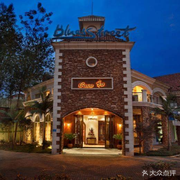
Top1.Casa and Fotiaoqiang Family (Lanhu County Store)
Sea cucumbers, shark fins, tendon of beef and so on are all stewed thoroughly.
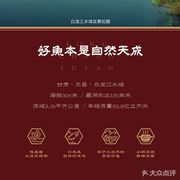
Top2.Songcheng Fishing Feast · Premium Freshwater Seafood · Exquisite Fusion Cuisine (Qibo Store)
The environment is very nice, and the dishes are a fusion of Sichuan cuisine and Cantonese cuisine.
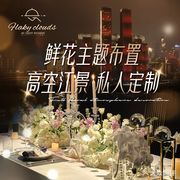
Top3.Yayuntai·South French Modern Cuisine (Nanbin Road Store)
The restaurant is on a high floor. You can have an unobstructed view of the river, which is really great.
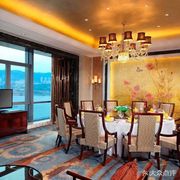
Top4.Yuexuan Chinese Restaurant at DoubleTree by Hilton Fuli Hotel (Wanzhou Wanda Store)
All in all, I give it a full - mark review and it's definitely worth recommending.

Top5.Xi Sanmao Qiaoke Fish Restaurant (Changshou Lake Branch)
The food tastes very delicious, and the service attitude is very good. It's worth recommending.
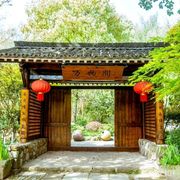
Top6.Wanwujian·Garden Private Cuisine (Yuanboyuan Store)
The chef team is very professional and strives for perfection in the quality of dishes.
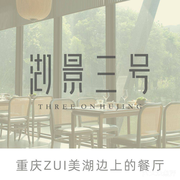
Top7.Lake View No. 3 Garden Restaurant (Caifu Center Branch)
请你提供具体的正文内容,以便我将其翻译成英语。
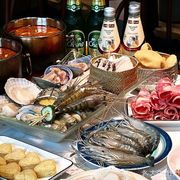
Top8.Thai Basil Thai Basil Leaf Restaurant (Times Tianjie Store)
The dishes are very fresh. The shrimps are alive. The boss is very enthusiastic.

Top9.Lao Zhou's Jianghu Cuisine (Beicheng Mansion Store)
The cooking method preserves the original flavor of the ingredients, making it fresh and refreshing.

Top10.Ma Shuangshuang Old - Style Hot Pot (Chongqing North Station Store)
A whole plate is filled with 'Ejun' slices, and the shredded potatoes are also very delicious and crispy.

Top1.Yunlang Hotel in Yunyang
No. 228, Tangfang Road, Qinglong Sub-district
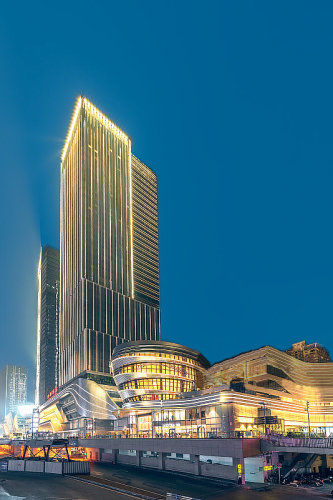
Top2.Yuelai Hotel (Chongqing Shapingba University Town Store)
Room 13th Floor, Building 1, Qingchengli, R&F City, No. 34, Middle University Town Road
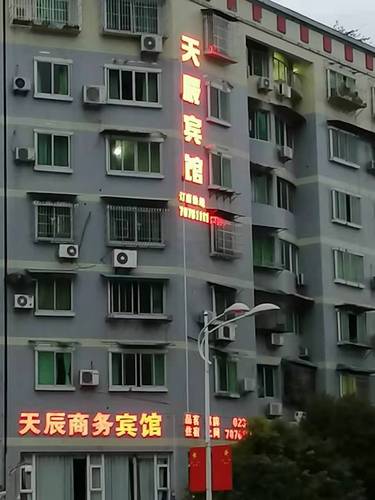
Top3.Fengdu Tianchen Business Hotel
No. 297, East Section of Pingdu Avenue
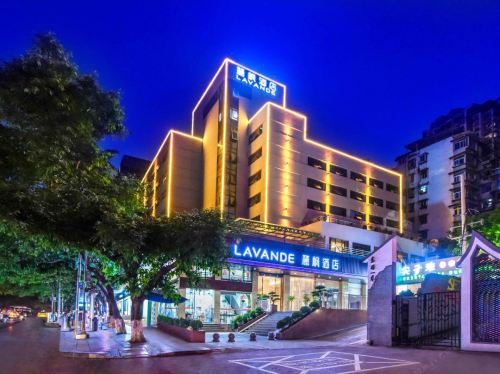
Top4.Lavande Hotel (Chongqing Nanping Pedestrian Street Wanda Plaza Branch)
No. 5, East Nanping Road
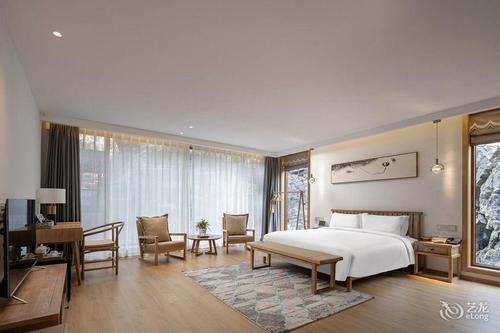
Top5.Qing'ai Wensu Courtyard No. 2
Building 9, Youzhou Ancient City
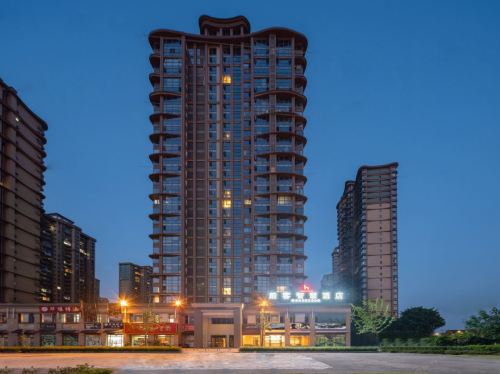
Top6.Chongqing West Station · Houke Smart Hotel (Baguo City Branch)
Room 3 - 6, 1st Floor, Building 17, W Mansion, Agile Yubin Mansion, No. 42, Shangbin Avenue
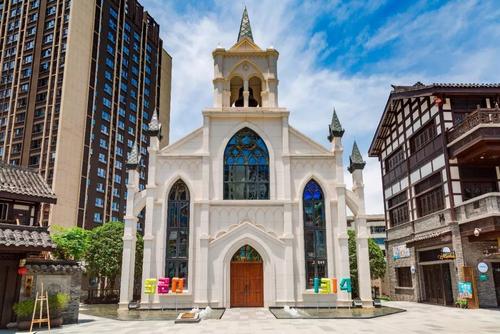
Top7.Chongqing Xiaoyuewan Hotel
22nd Floor, Building 3, Changjiahui SOHO, No. 68, Taichang Road
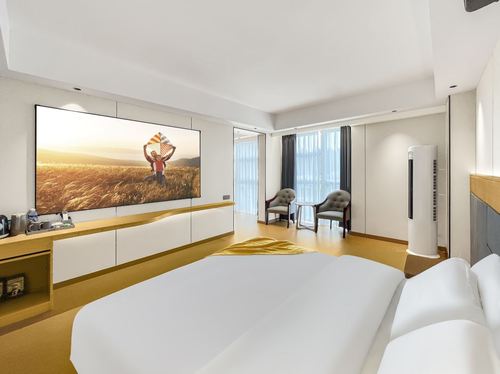
Top8.Manzhou International Hotel (Fushun Avenue Store)
No. 5, Fushun Avenue, Biquan Sub-district
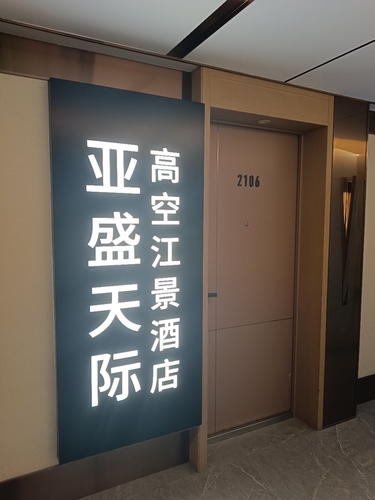
Top9.Yasheng Sky High - altitude River - view Hotel (Hongyadong Raffles City Branch)
21st Floor, CITIC-Prudential Chaotianmen Center, No. 1, Xinhua Road (next to Exit 1 of Chaotianmen Subway Station)
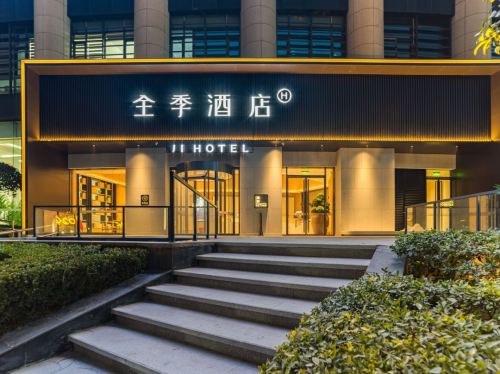
Top10.All Seasons Hotel (Chongqing Yuanjiagang Subway Station Store)
1st Floor, Building 5, Zhongxincheng Shangcheng, No. 1, Aoti Road (Next to Exit 1 of Yuanjiagang Subway Station)

